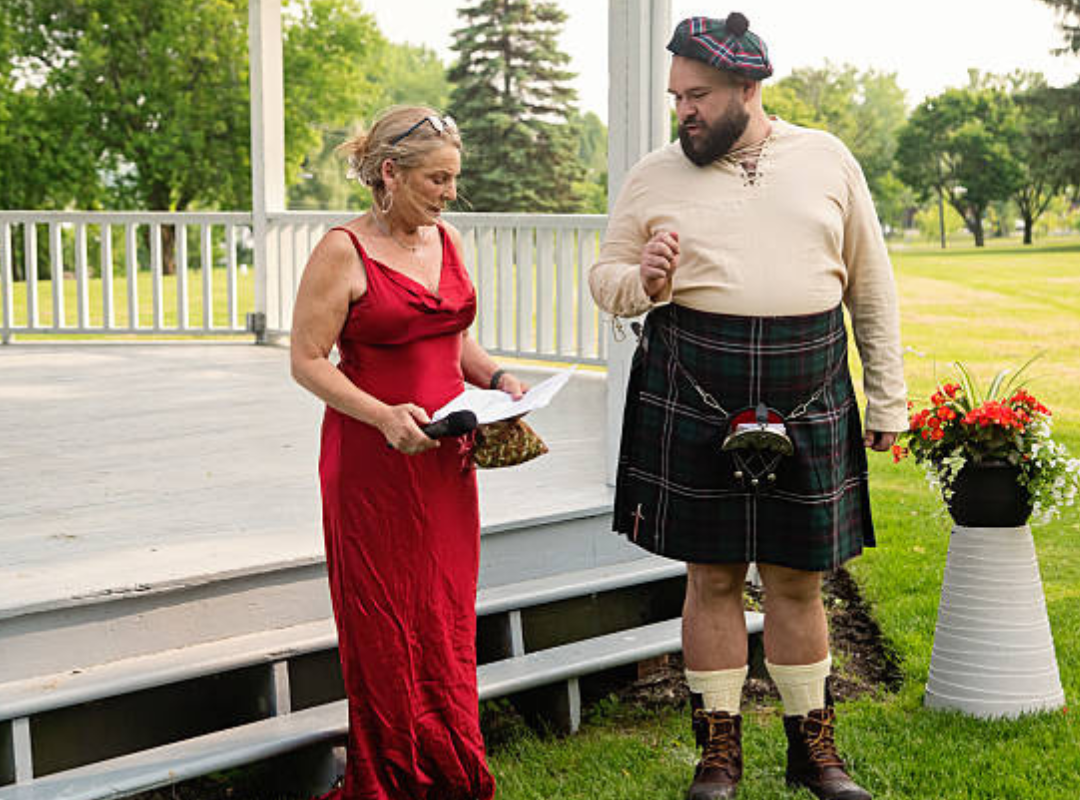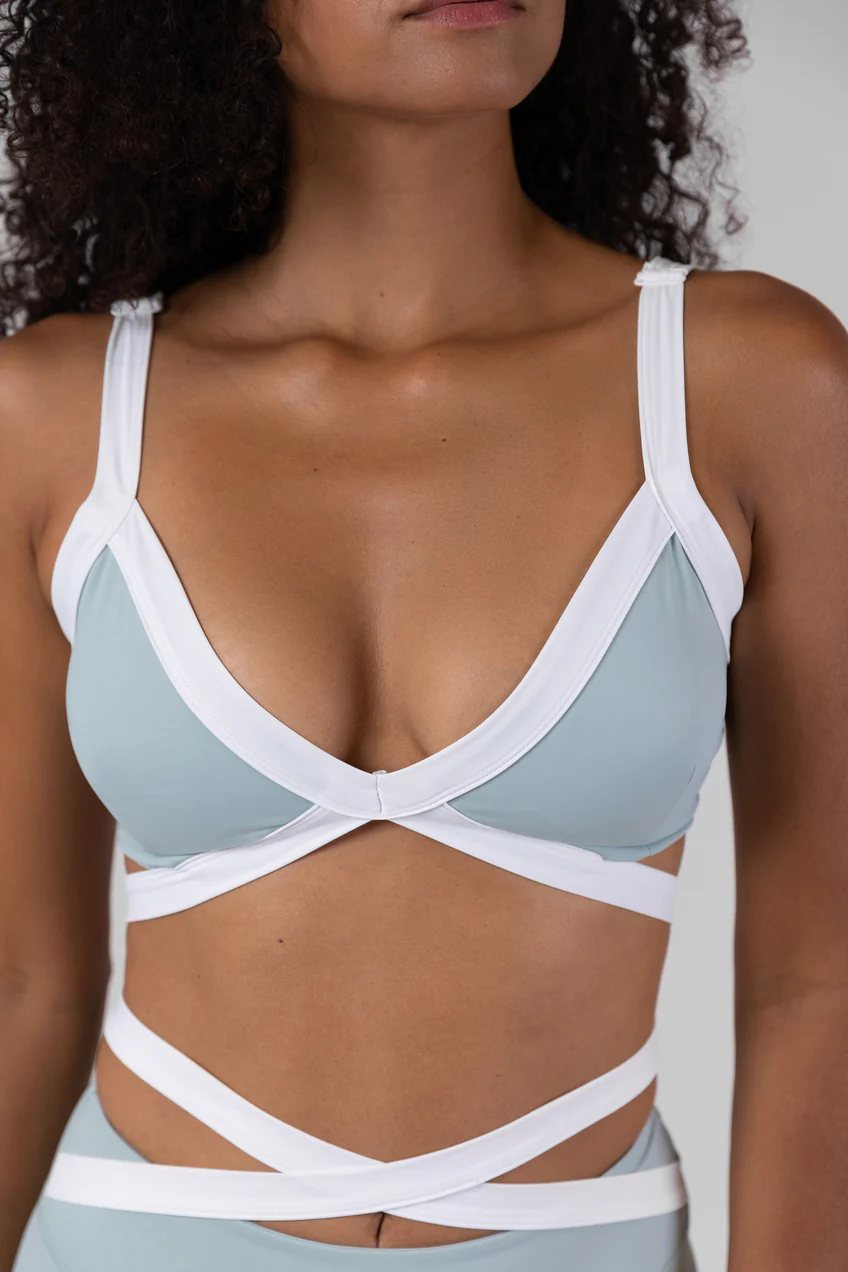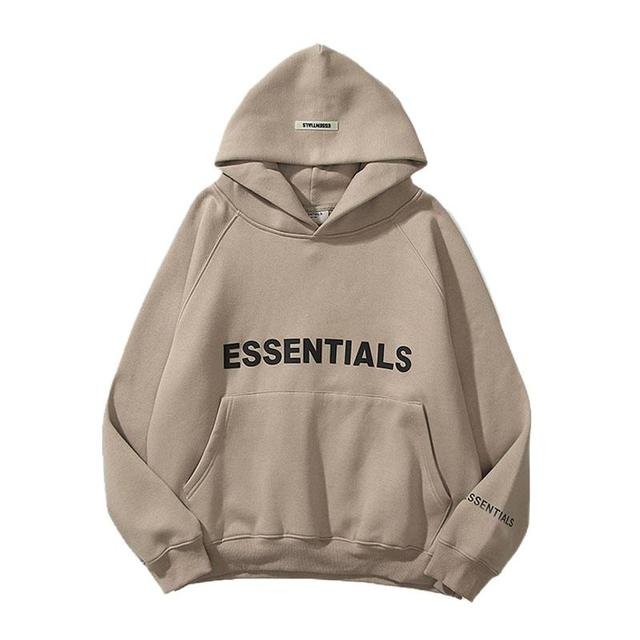Islamic clothing is more than just a style; it’s a reflection of one’s identity, culture, and values. For many Muslim women and men, dressing modestly is an integral part of their faith, and finding the right attire that balances modesty with contemporary fashion can sometimes be challenging. At Hidjabaya, we celebrate the beauty of Islamic clothing and aim to provide you with a diverse range of stylish options that honor your beliefs while allowing you to express your individuality.
Understanding Islamic Clothing
Islamic clothing refers to garments that adhere to the principles of modesty outlined in Islamic teachings. For women, this often means wearing loose-fitting clothes that cover the body while being non-transparent. For men, it involves dressing in a way that does not reveal the body’s shape and maintains modesty. Islamic clothing varies widely across cultures, often incorporating local traditions and styles.
Key Features of Islamic Clothing
- Modesty: The core principle of Islamic clothing is modesty. Garments are designed to provide ample coverage, ensuring that the body is not overly exposed.
- Comfort: Comfort is essential, especially when it comes to daily wear. Islamic clothing typically uses soft, breathable fabrics that allow for ease of movement.
- Versatility: Islamic attire can be worn on various occasions, from casual outings to formal events. Many pieces are designed to be layered or accessorized, allowing for flexibility in styling.
- Cultural Representation: Islamic clothing reflects diverse cultural backgrounds. From the intricate designs of South Asian attire to the minimalist styles of Middle Eastern fashion, the variations are endless.
Popular Styles in Islamic Clothing
- Abayas: The abaya is a traditional, loose-fitting outer garment commonly worn by women in many Muslim-majority countries. Modern abayas come in a variety of styles, colors, and fabrics, often featuring beautiful embellishments.
- Hijabs: The hijab is an essential component of Islamic clothing for many women. Available in numerous fabrics, styles, and colors, hijabs can be styled in various ways to complement different outfits.
- Maxi Dresses: Long maxi dresses are a popular choice for modest fashion. They offer both comfort and elegance, making them suitable for a wide range of occasions, from casual outings to formal events.
- Tunic Tops: Tunic tops are versatile pieces that can be paired with trousers, jeans, or skirts. They provide coverage and can be styled in countless ways, making them a wardrobe staple.
- Palazzo Pants: These wide-legged trousers are both comfortable and stylish, providing a modest alternative to traditional fitted pants. They can be dressed up or down, depending on the occasion.
- Jilbabs: Jilbabs are long outer garments that offer complete coverage. They are often worn over regular clothing and can be styled with different accessories to create unique looks.
Choosing the Right Islamic Clothing
When selecting Islamic clothing, it’s essential to consider a few key factors to ensure you find pieces that meet your needs and preferences:
- Fit and Comfort: Look for clothing that fits well without being too tight. Loose-fitting garments allow for ease of movement and comfort throughout the day.
- Fabric Choice: Opt for breathable fabrics, especially if you live in warmer climates. Cotton, linen, and jersey are excellent choices that provide comfort while being stylish.
- Occasion: Consider where you’ll be wearing the clothing. For casual outings, lightweight tunics and maxi dresses may be appropriate, while more formal events may call for elegant abayas or tailored jilbabs.
- Personal Style: Your clothing should reflect your personality. Don’t shy away from colors, patterns, and designs that resonate with you. Mixing and matching can help you create a unique wardrobe.
- Quality: Invest in high-quality pieces that will last. Look for well-stitched garments and durable fabrics that withstand regular wear.
Styling Tips for Islamic Clothing
- Layering: Layering is a fantastic way to add dimension to your outfits. Try pairing a long cardigan or vest over a tunic or dress for a stylish look that provides extra coverage.
- Accessorizing: Accessories can elevate any outfit. Consider adding statement jewelry, stylish handbags, or fashionable shoes to enhance your look while keeping it modest.
- Color Coordination: Experiment with color combinations that complement each other. While neutral colors are versatile, adding pops of color can create a more dynamic outfit.
- Mixing Textures: Combining different textures can add depth to your outfit. Pair soft fabrics with structured pieces for a balanced look that is both modest and chic.
- Choosing the Right Hijab: When selecting a hijab, consider the fabric and style that best suits your outfit. Lightweight, breathable fabrics are ideal for casual looks, while more luxurious materials work well for formal occasions.
Embracing Your Identity Through Fashion
Islamic clothing allows individuals to express their identity while adhering to their beliefs. At Hidjabaya, we believe that fashion should be empowering and inclusive. By choosing garments that resonate with your values and personal style, you can celebrate your identity and feel confident in your appearance.
Conclusion
Islamic clothing is a beautiful fusion of tradition, modesty, and modern fashion. At Hidjabaya, we are dedicated to offering a diverse range of stylish options that cater to your unique needs and preferences. Whether you’re looking for elegant abayas, trendy hijabs, or versatile tunics, our collection is designed to empower you while respecting your beliefs. Click here
















Leave a Reply